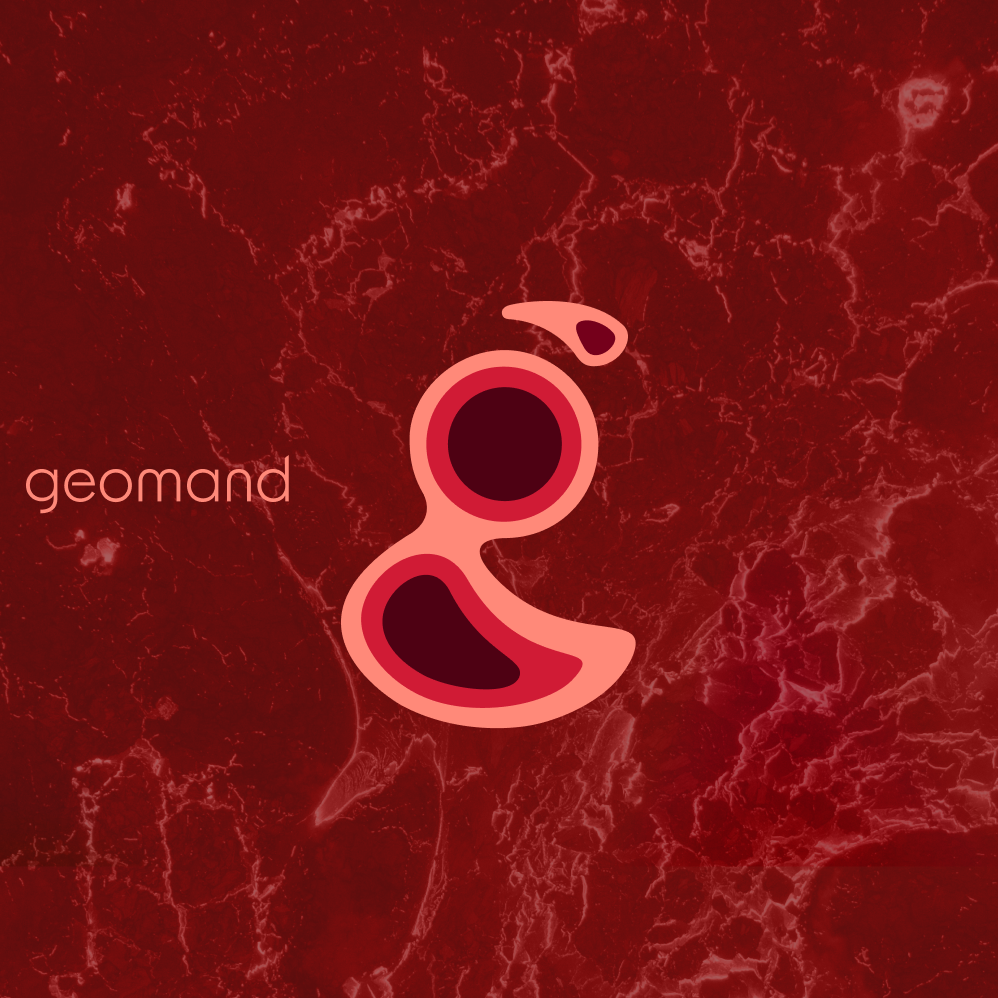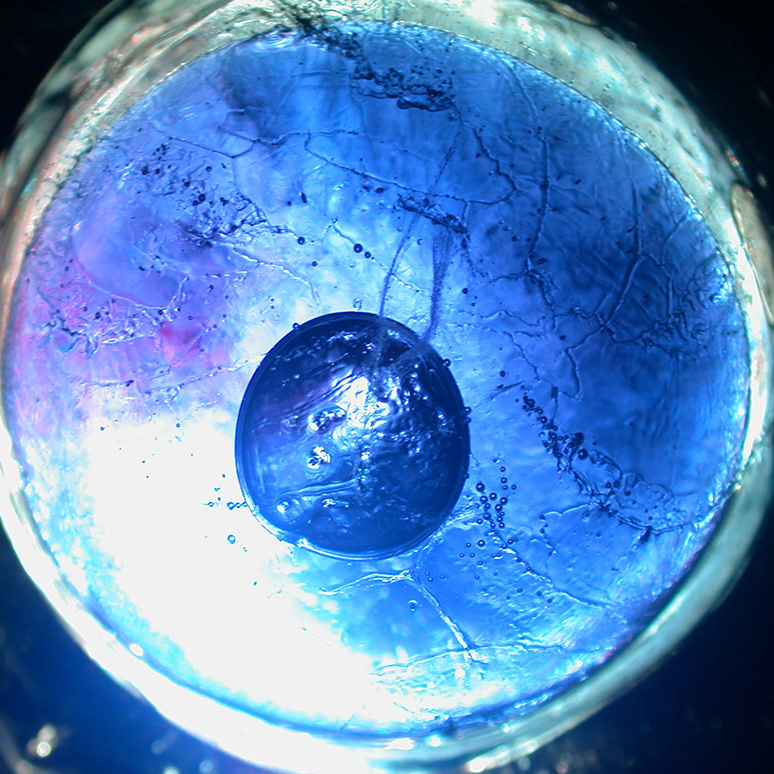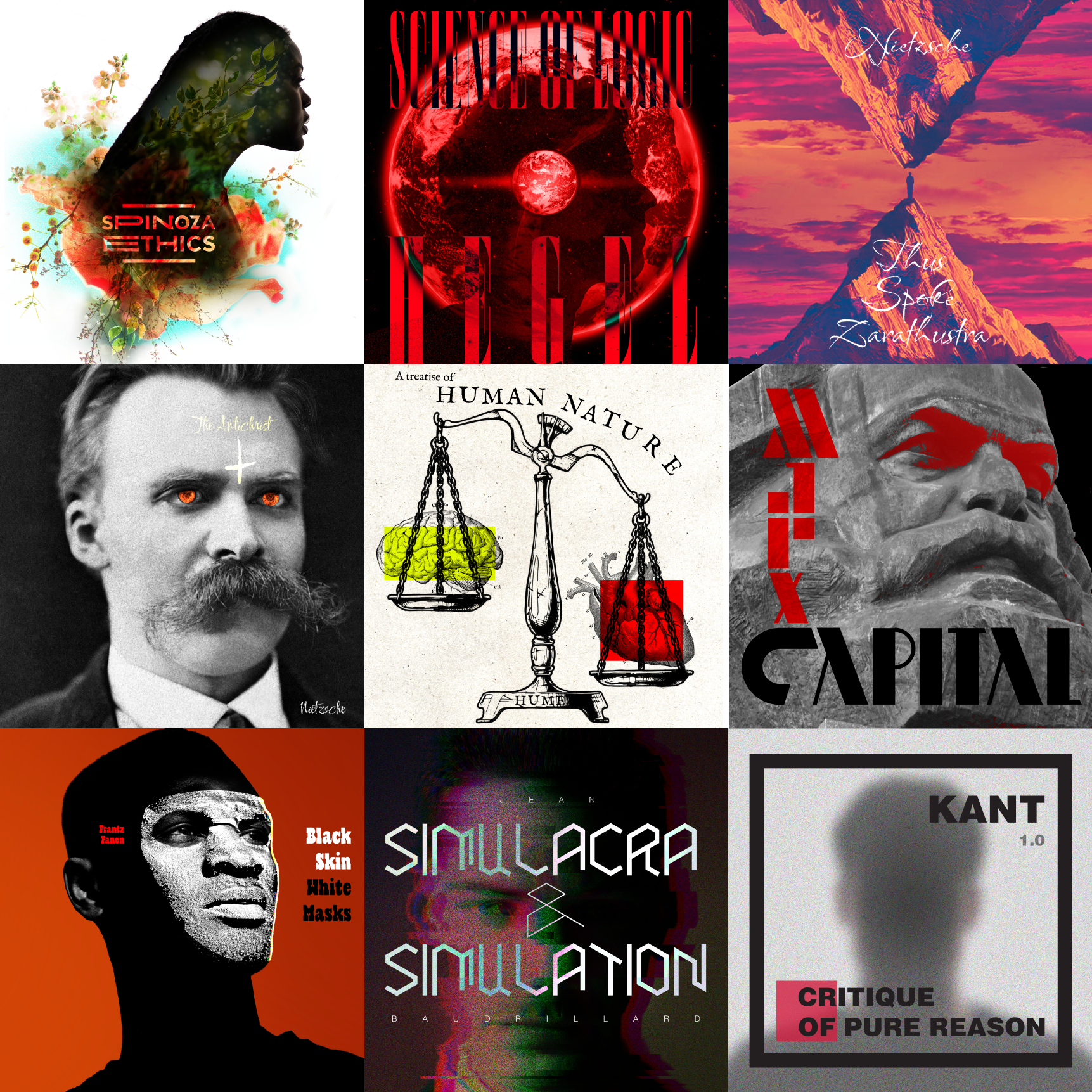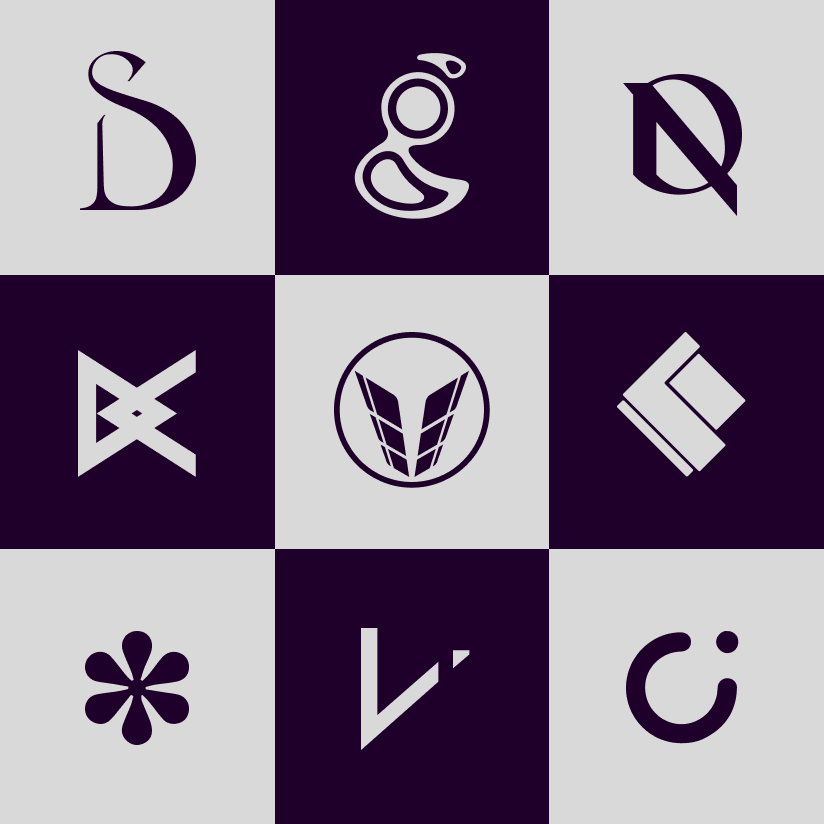Team: D. Costa, A. Tarrisse (Developer); Germany and Brazil, 2016 (3 months)
My role: UX Research, UI, Information Architecture (IA), Graphic Design
My role: UX Research, UI, Information Architecture (IA), Graphic Design
Context
The 2013 protests in Rio about the raises on transportation fares increased people's awareness about transport quality. It inspired many to propose solutions. This is my take.
Problem
Insufficient transport options, intricate geography and lack of a digital assistant.
Strategy and solution
Based on quantitative data we defined structural directives for the transportation system, proposing the integration and connection of different areas of the city with the reactivation and creation of new railway stations. A visual identity was created based on it. With qualitative data, and the analysis of user journey that followed it, we hypothesize a unified transportation service in the form of an app to assist the users in the specific challenges of moving within such a huge and touristic city.
Guiding question
How can we revolutionize Rio's transport experience?
A | Learning
Research Insights
B | Recombining / Graphic Design
GD / IA | Sketching a solution for the transport web
Relieving traffic by building upon the existing railways
The daily traffic flux data showed areas and paths that need to be connected. Using the tracks that already exist we found a web drawing. This is pointed out by city planning specialists to be the most efficient configuration.
Tram lines are a cheap and more agile alternative for the areas where the geology of the city would demand a bigger investment, or/and where the streets are too narrow.
Tram lines are a cheap and more agile alternative for the areas where the geology of the city would demand a bigger investment, or/and where the streets are too narrow.
Mood board | visual branding
Mood pics
GD | Mini style guide
GD / IA | Railway web

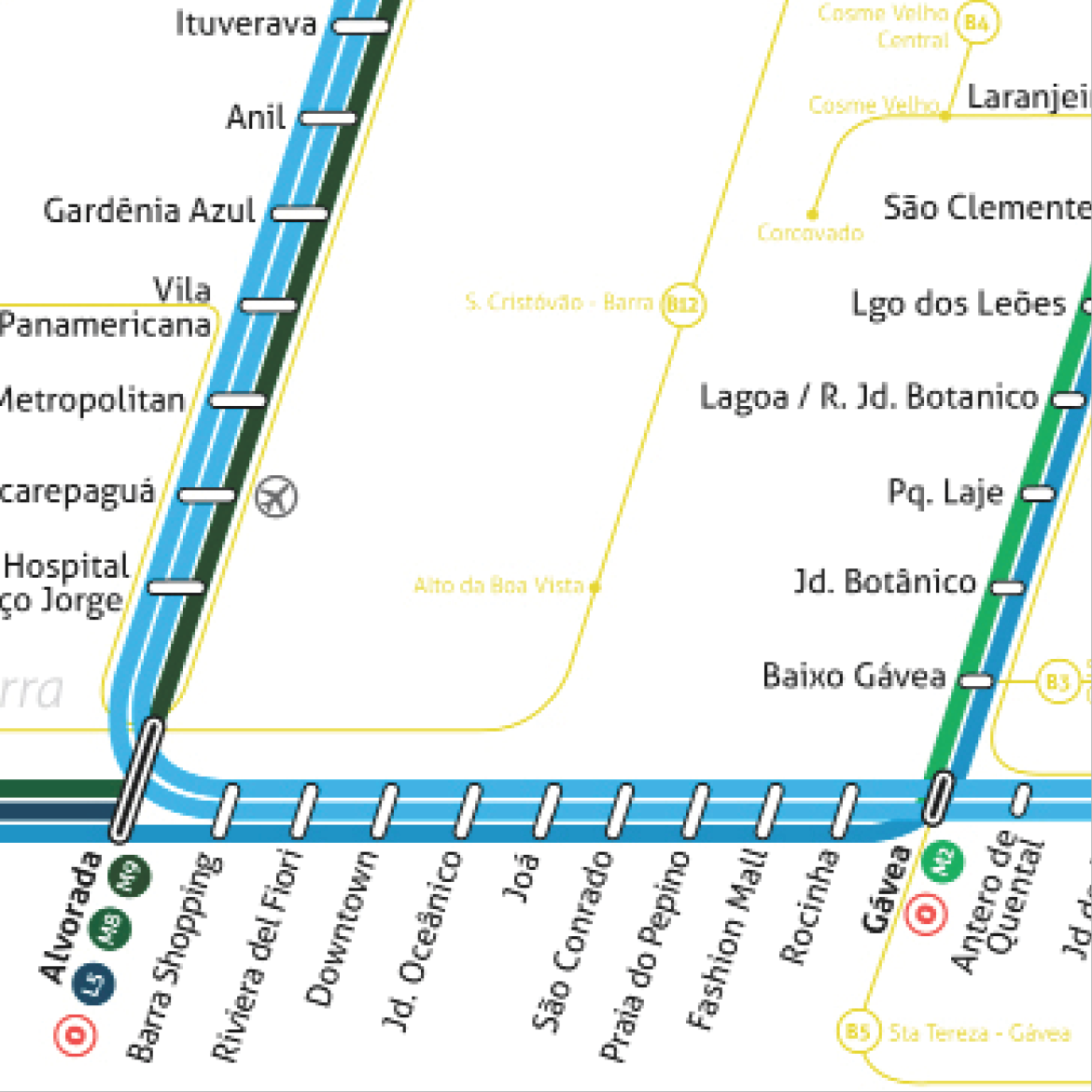
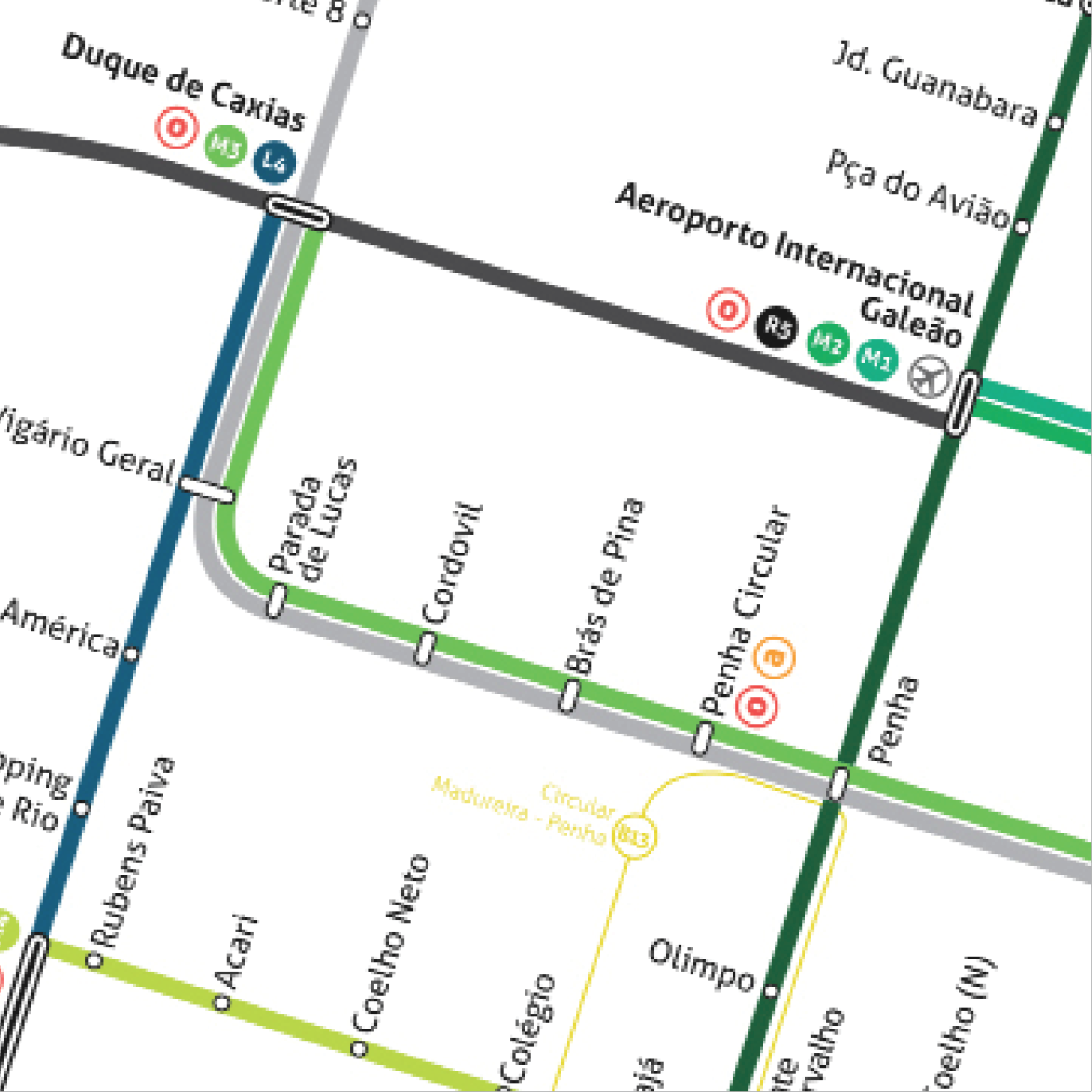
C | Detailing the service
The research gave us insights on who are the archetypal users and what would be their journey while travelling.
Concept - More than 'from A to B'
Rio is a beautiful city in which there is something going on. Also, it is a city in which you can always go to a park, bar or to the beach after a long day. More than allowing people to go from A to B it is a compilation of destinations that give people the flexibility to indulge on the city if they wish to do so.
App Requirements
The analysis data, user Journey and personas provided important insights. The App should correlate places, dates and events. It should provide suggestion of events the user might like and allow them to change routes at any time.
Compass Function
Sometimes user only need to be pointed into the direction where the next stop is. The compass function uses AR technology to show and guide the user.
Communications
The user can not only receive relevant traffic updates, but also give feedback about the service and ask for help if an emergency happens.
To every screen was assigned a list of requirements, which were first derived from the user journey and then refined with the user flows analysis. Here are some examples.

